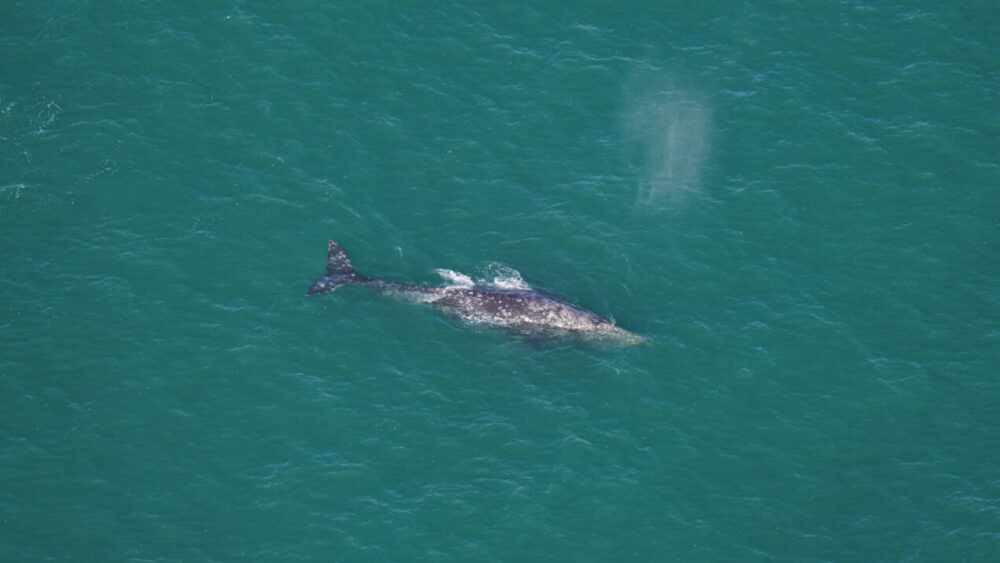An iceberg the size of Delaware just broke off Antarctica

One of the biggest icebergs ever recorded—weighing in at a whopping 1 trillion tons—has officially separated from the Larsen C Ice Shelf in northwest Antarctica. To get an idea of just how big the iceberg is, it’s about the size of Delaware and contains a volume of ice twice the size of Lake Erie.
Breaking news! The iceberg has fully detached from Larsen C – more details to follow soon pic.twitter.com/pdSxDuAGjR
— Project MIDAS (@MIDASOnIce) July 12, 2017
The official term for when an iceberg separates is “calving.” According to Project Midas, a U.K.-based research project investigating the effects of global warming on the area, the calving occurred sometime between July 10 and July 12. Because the iceberg was already floating before it calved away, it will not have any immediate impact on sea level, but it leaves the area of the Larsen C Ice Shelf reduced by more than 12 percent and has a significant and lasting impact on the landscape of Antarctic Peninsula. The video below shows aerial footage of the area along with commentary from scientists studying the event.
“Although this is a natural event, and we’re not aware of any link to human-induced climate change, this puts the ice shelf in a very vulnerable position,” Martin O’Leary, a Swansea University glaciologist and member of the MIDAS project team, said of the recent calving. “This is the furthest back that the ice front has been in recorded history. We’re going to be watching very carefully for signs that the rest of the shelf is becoming unstable.”
While the break will certainly have consequences, scientists also say that it’s important to remember that events like these do happen often.
“Everyone loves a good iceberg, and this one is a corker,” Andrew Shepherd, professor of Earth Observation at the University of Leeds told The Guardian. “But despite keeping us waiting for so long, I’m pretty sure that Antarctica won’t be shedding a tear when it’s gone because the continent loses plenty of its ice this way each year, and so it’s really just business as usual!”
Scientists say that while the Larsen C ice shelf may continue to shed icebergs, it may also regrow. It will likely be years before long-term effects are known.





